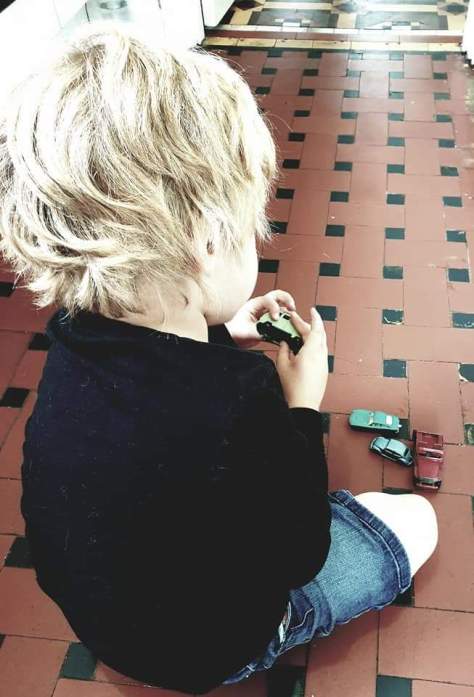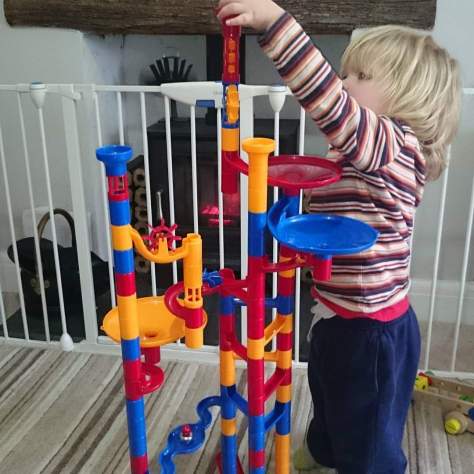Choices.
At the age of two, we had our first speech and language appointment. It was pretty noneventful, but the speech therapist did give us one piece of homework to take away and implement. It was something we would use for many years and still use today. It was to encourage engagement, the first step to communication.
At the time Rhys would take us by the hand to the item he wanted. It was his ultimate way of communicating his needs. This would be the fridge for an apple, the kitchen cupboard for a rice cake, or the telly for his show. Most things were within his reach, so he would often just help himself, gaining his independence just like others his age.
But he didn’t talk. Not a sound. Not a mama or dada, or grunt or squeak. His arm-guiding method met his needs, with no requirement in his world to do anything else. The choices were going to change that, and we set about implementing them straight away.
The instructions were to put everything Rhys asked for, or currently obtained himself, out of his reach. So we moved the crackers, rice cakes and breadsticks into a top cupboard. The apples and oranges were already in the fridge fruit drawer and safely out of his grasp. We became a house with everything in the wrong place. Like when you go to your granny’s and while making a cup of tea, you struggle to find the cake knife, and eventually find it in the top cupboard wedged between the tub of flour and a hairdryer. We were now an old lady’s house with rice cakes alongside the plates and bowls, and raisons amongst the teacups.

We always had this instinctive sense of what Rhys wanted. There was only a handful of food items he ate and other activities were limited. This change was to get interaction between us and Rhys, and encourage him to ask for what he wanted rather than taking us to it.
As soon as we had rearranged the kitchen, we put the strategy into action. After being dragged to the fridge, I bent down to his eye level, fully aware of his non-verbal request for an apple. “Rhys, apple or orange” I said, gesturing each choice with each empty hand. He stood staring passed me towards the wall, no engagement, just the view in his mind that we were at the fridge, the location of his request.
I crouched there for ages that day, down at Rhys’ eye level, my calves burning, my determination strong. I was not waiting for him to perform a miracle, a verbal request for an apple, I was just waiting for a flicker of engagement. There was no magic formula, just time and hard work. It was hard that day, and every day after that. But it happened and was the start of a journey we had embarked on. That day I got a split second of eye contact, and that was all I needed to reward him with his request, an apple.
Over the years, I persevered. The response to choices increased from split seconds of eye flickers to second long moments of engagement, and slowly over time a sound was emitted that slowly formed the letter ‘a’ and later ‘apple’.
As soon as we got that first word we added more words to his request, prompting Rhys each time, and flooding him with praise as we handed over his requested item. Four years later, Rhys will now request with the words “I want orange please Mummy”, although prompting is often still required.
But life has a way of noticing when you have succeeded at a challenge, found a method that works. I walked into the kitchen, today to find my little boy now able to reach those high out of reach places from years ago. He independently opened the fridge, took out an orange, and turned to me with a smile on his face. His non-verbal communication clearly stating “I got it myself – screw you and your choices” 🙂
But I know that cheeky gesture is a form of communication we never had before. He was proud to ‘help himself’, and we needed to reach this point sometime, the time where he is growing up and wanting to do things on his own.
Our little independant boy.
🍏🍎🍊🍎🍏🍊🍎🍏
You can learn all about how to use choices from our strategies.
















